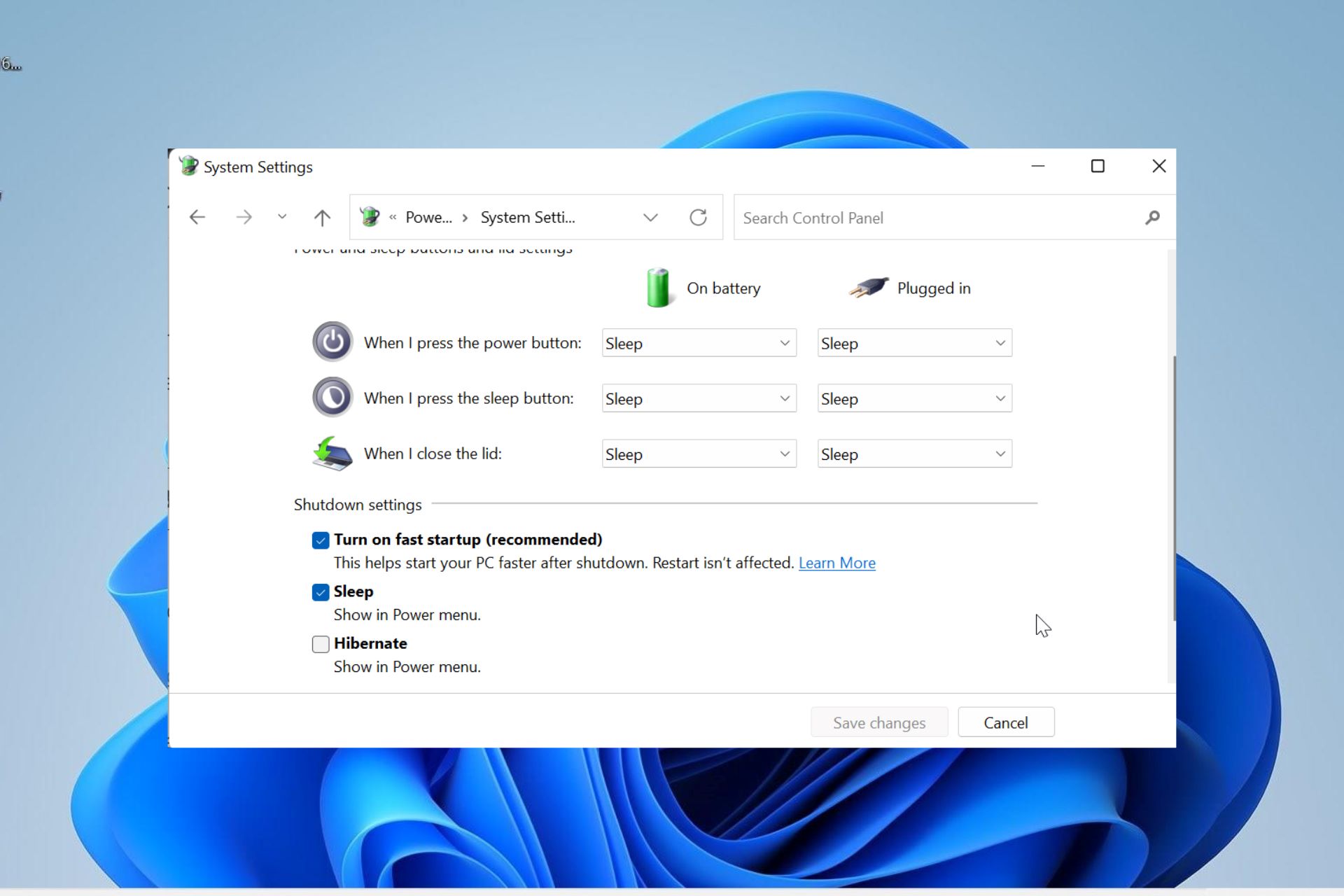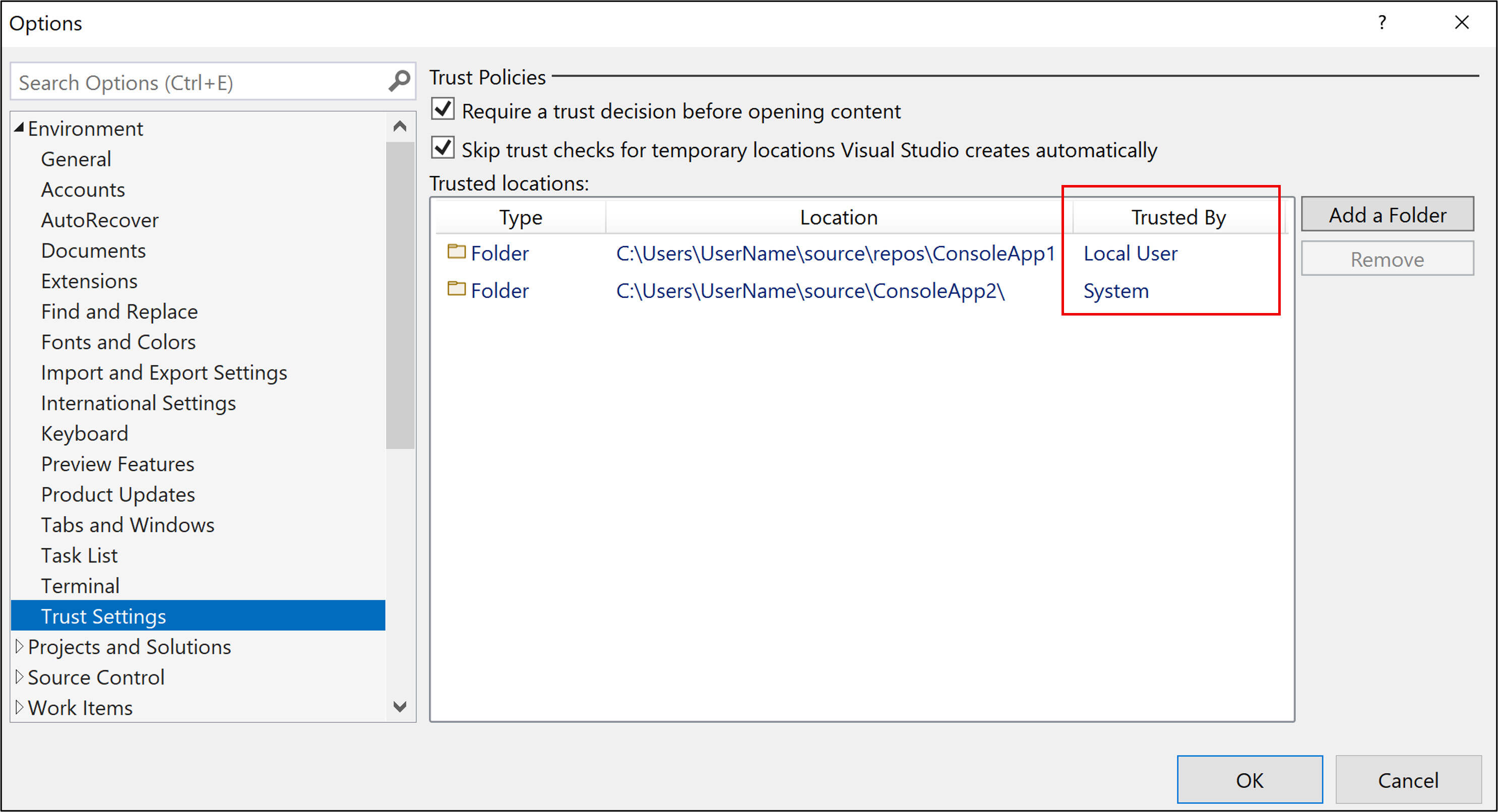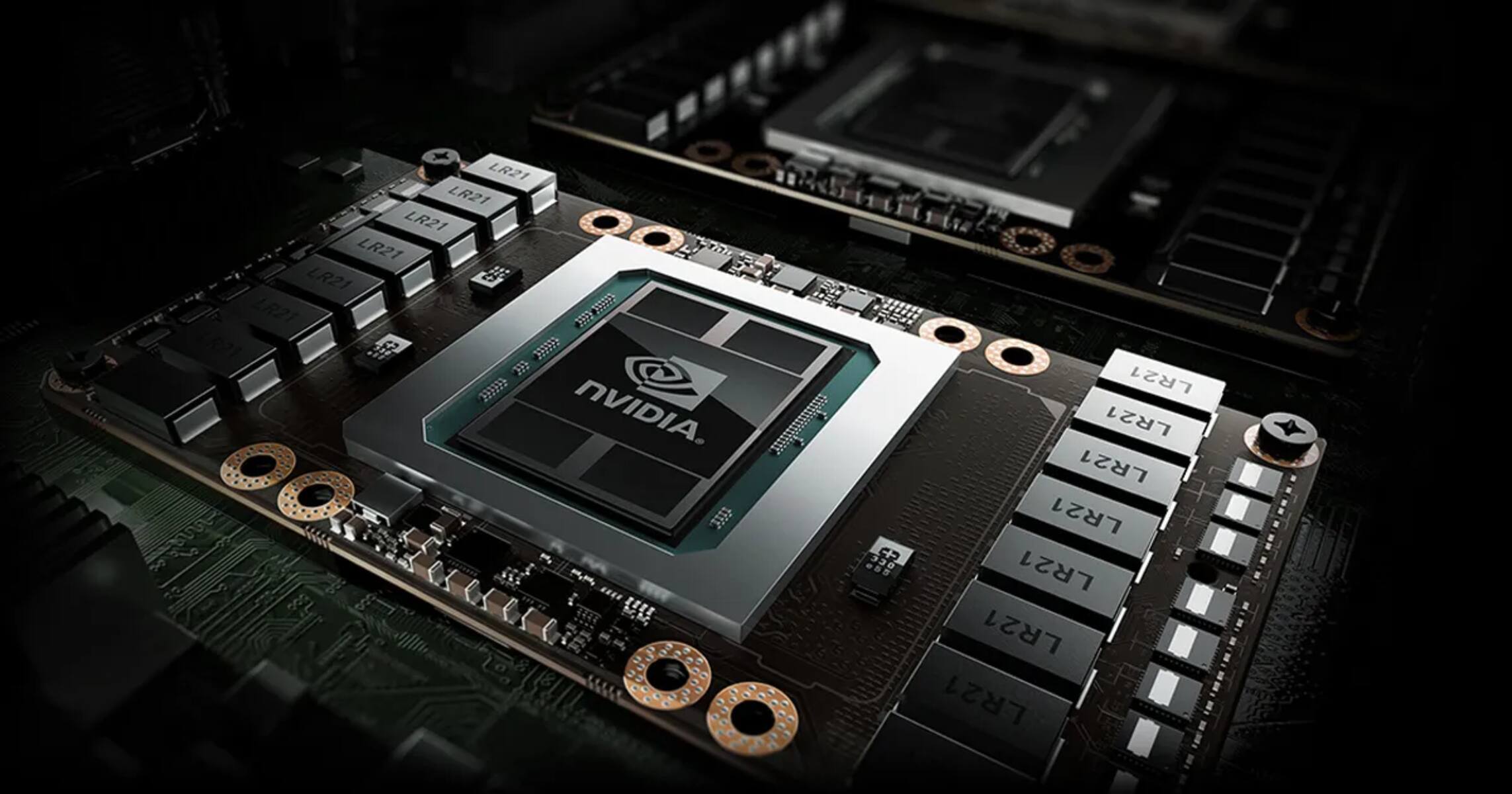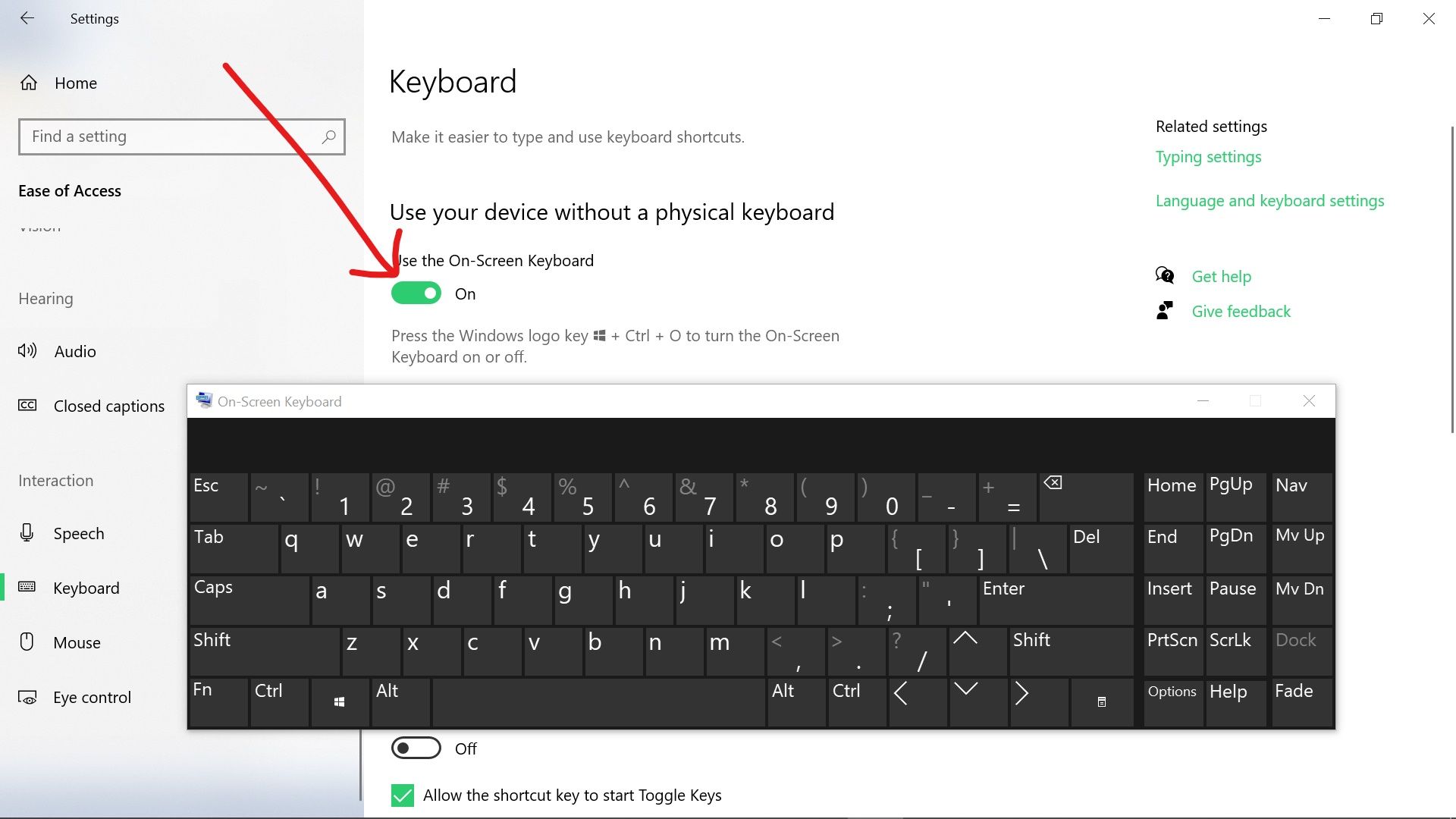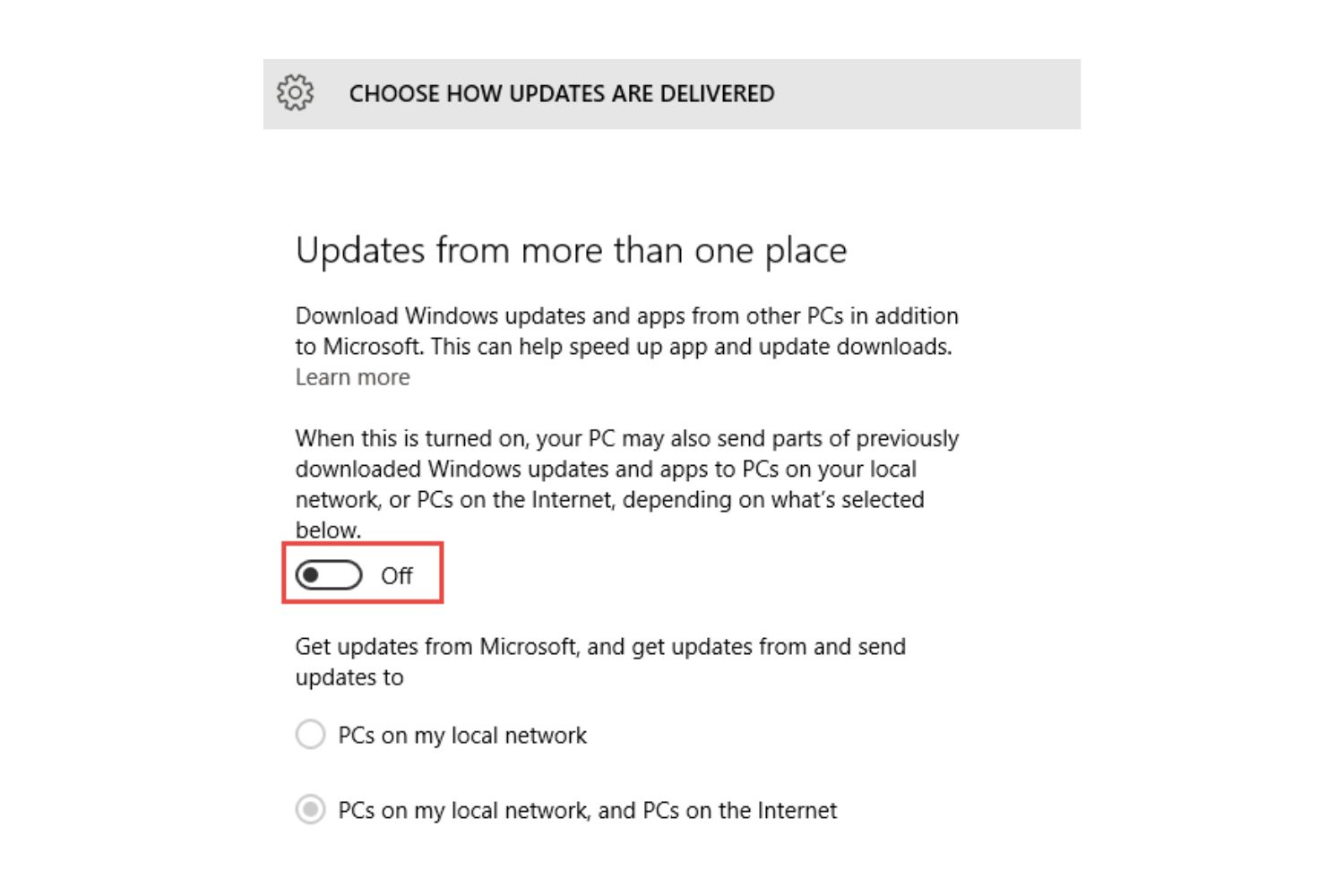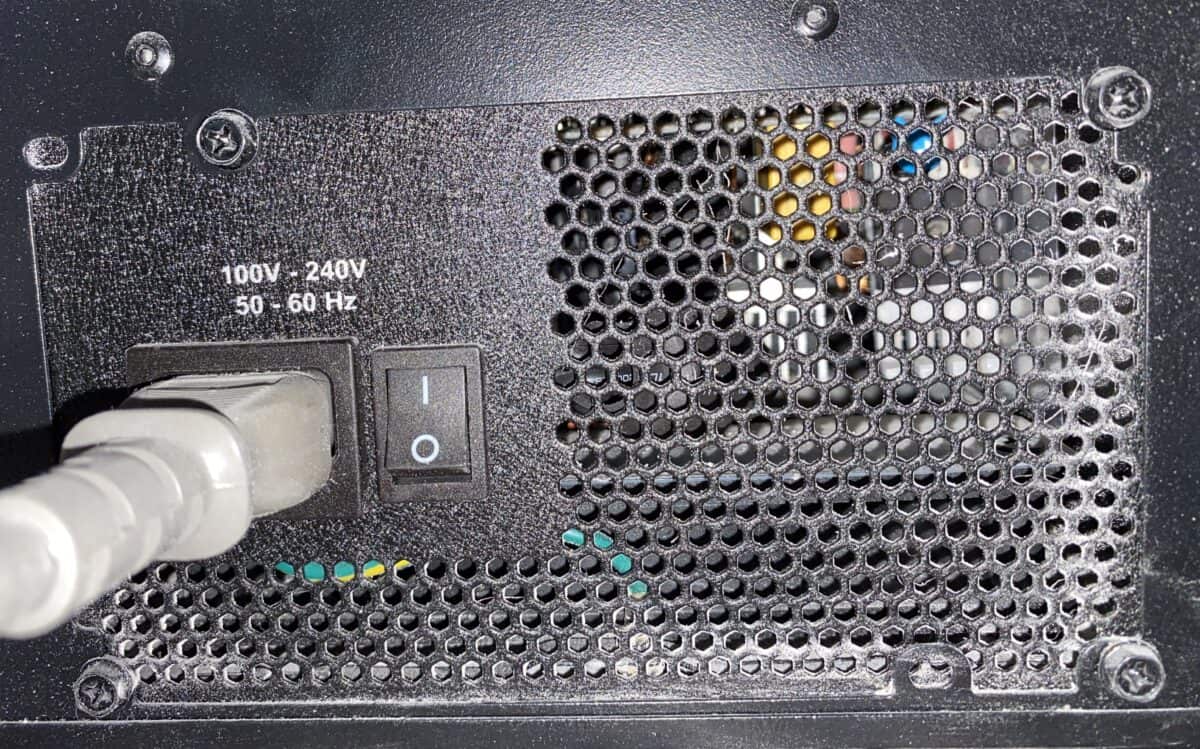Common reasons why your Windows key is not working
The Windows key is a crucial component of the Windows operating system that allows users to access various shortcuts and functions. However, there may be instances when you find that your Windows key is not working as expected. This can be frustrating, especially if you heavily rely on keyboard shortcuts for navigation and efficiency.
Let’s explore some common reasons why your Windows key may not be functioning correctly:
- Sticky Keys feature enabled: One possible reason is that the Sticky Keys feature has been enabled. Sticky Keys allow you to use key combinations without having to press multiple keys simultaneously. However, this feature can interfere with the functionality of the Windows key. To disable Sticky Keys, press the Shift key five times in rapid succession or go to the Control Panel and adjust the Sticky Keys settings.
- Outdated or incompatible keyboard driver: An outdated or incompatible keyboard driver can cause issues with the Windows key. It is essential to keep your keyboard driver up to date to ensure smooth functionality. You can update the driver manually through the Device Manager or use third-party driver update software.
- Windows key being physically damaged: Physical damage to the Windows key can render it unusable. Check if the key is stuck or not responding when pressed. If there is visible damage, such as a broken key or loose connection, you may need to replace the keyboard.
- Third-party software conflict: Some third-party software or utilities can interfere with the Windows key functionality. Disable any recently installed software or utilities and check if the issue persists. Alternatively, you can boot your system into Safe Mode to troubleshoot and identify the conflicting software.
- Windows key shortcuts disabled in Registry: Modifications to the Windows Registry can inadvertently disable the Windows key shortcuts. To resolve this, you can use the Registry Editor to enable the Windows key functionality. However, exercise caution when making changes to the Registry and always create a backup before proceeding.
- Malware or virus affecting the Windows key functionality: Malware or viruses can disrupt various system functions, including the Windows key. Perform a thorough scan of your system using reliable antivirus software and remove any detected threats.
- Windows key not assigned a proper function: It is possible that the Windows key is not assigned the correct function in the operating system settings. You can customize the functionality of the Windows key in the Windows Settings or Control Panel.
- Windows key shortcut clash with another program: Some applications may use the same keyboard shortcuts as Windows key combinations, leading to conflicts. In such cases, you may need to modify the keyboard shortcuts for either the application or the Windows key to avoid clashes.
- Incorrect keyboard language settings: The keyboard language settings may not be properly configured, causing the Windows key to work unexpectedly. Ensure that the correct keyboard language is selected in the Windows language settings.
- Windows key hardware issue: If none of the above solutions resolve the issue, it is possible that there is a hardware problem with the Windows key itself. In such cases, it may be necessary to replace the keyboard or contact the manufacturer for further assistance.
By identifying the specific reason why your Windows key is not working, you can troubleshoot and resolve the issue effectively. Remember to follow the appropriate steps mentioned above to ensure the smooth functioning of your Windows key.
Sticky Keys feature enabled
One possible reason why your Windows key may not be working is that the Sticky Keys feature has been enabled. Sticky Keys is a Windows accessibility feature that allows users to use key combinations without having to press multiple keys simultaneously.
While the Sticky Keys feature can be helpful for individuals with physical disabilities or those who have difficulty with simultaneous key presses, it can sometimes interfere with the functionality of the Windows key.
If the Sticky Keys feature is enabled, pressing the Windows key alone may not register as a valid key press. Instead, you may need to press the Windows key along with another key to trigger the desired action.
To disable Sticky Keys and potentially resolve the issue with your Windows key, you have a few options:
- Method 1: Press the Shift key five times in rapid succession. This will bring up a prompt asking if you want to enable Sticky Keys. Simply select “No” to disable the feature.
- Method 2: Go to the Control Panel by searching for it in the Windows Start menu. In the Control Panel, navigate to the Ease of Access Center, then select “Make the keyboard easier to use.” Under the heading “Make it easier to type,” uncheck the box next to “Turn on Sticky Keys” to disable the feature.
Once you have disabled Sticky Keys, try using the Windows key again to see if it now functions as expected. If the issue persists, it is likely that Sticky Keys was not the cause, and you should proceed to explore other potential reasons why your Windows key is not working.
Remember to also check if any other accessibility features, such as Filter Keys or Toggle Keys, are enabled that could be affecting the functionality of your Windows key.
By disabling the Sticky Keys feature, you can restore the normal functionality of your Windows key and improve your overall user experience. If this solution does not resolve the issue, continue troubleshooting using the other methods outlined in this article.
Outdated or incompatible keyboard driver
If your Windows key is not working, one of the potential reasons could be an outdated or incompatible keyboard driver. The keyboard driver is crucial for your operating system to recognize and interpret the input from your keyboard correctly.
An outdated or incompatible keyboard driver may prevent the Windows key from functioning properly. In some cases, the driver may not recognize the keypress or may not transmit the correct information to the operating system.
To address this issue, you can try updating the keyboard driver to the latest version. Here are a few methods you can use:
- Manually update the driver: You can manually update the keyboard driver through the Device Manager. Right-click on the Start button and select “Device Manager” from the context menu. In the Device Manager window, expand the “Keyboards” category, right-click on your keyboard, and select “Update driver.” Follow the on-screen instructions to update the driver to the latest version.
- Automatically update the driver: If you prefer a more convenient method, you can use third-party driver update software to automatically scan for and update outdated drivers on your system. These software programs can identify the specific keyboard driver and download the latest version from the manufacturer’s website.
After updating the keyboard driver, restart your computer and check if the Windows key is now functioning correctly. If the driver was indeed the cause of the issue, the update should resolve the problem.
If updating the driver does not fix the problem, consider rolling back the driver to a previous version. Sometimes, a new driver release may introduce compatibility issues with your particular keyboard model. To revert to an earlier driver, open the Device Manager, right-click on your keyboard, select “Properties,” go to the “Driver” tab, and click on “Roll Back Driver.”
If neither updating nor rolling back the driver solves the issue, it is recommended to uninstall the keyboard driver completely and then reinstall it from scratch. This process can help to resolve any corruption or conflicts that may be causing the Windows key malfunction.
Having an up-to-date and compatible keyboard driver is essential for the proper functioning of all keys, including the Windows key. Regularly checking for driver updates and ensuring that you have the correct driver version can help avoid compatibility issues and maintain a smooth user experience.
Windows key being physically damaged
If your Windows key is not working, one possible reason could be that the key itself is physically damaged. The Windows key, like any other key on your keyboard, can become non-functional due to various reasons such as wear and tear, accidental spills, or rough handling.
To determine if physical damage is the cause of the issue, take a close look at the Windows key on your keyboard. Check if there are any visible signs of damage, such as a broken keycap, a stuck key, or a loose connection. Sometimes, dirt or debris can accumulate under the key, causing it to malfunction.
If there is visible damage, try gently cleaning the key and the surrounding area using compressed air or a soft, slightly damp cloth. Be careful not to use excessive force or liquid that could further damage the key or the keyboard.
If cleaning the key does not resolve the issue, you may need to consider replacing the keyboard. Depending on the type of keyboard you have (e.g., laptop keyboard or external keyboard), the replacement process may vary.
If you have an external keyboard, you can disconnect it from your computer and try using a different keyboard to see if the Windows key functions correctly. This will help determine if the issue lies with the keyboard itself or with the computer’s software configuration.
If the Windows key works fine with a different keyboard, it confirms that the issue is specific to the keyboard in question. In this case, you may need to purchase a new keyboard or contact the manufacturer for further assistance.
On the other hand, if the Windows key still does not function correctly even with a different keyboard, the issue may be related to the computer’s software or settings. You can proceed to explore other potential reasons for the Windows key malfunction, such as software conflicts or outdated drivers.
Keep in mind that physical damage to the Windows key is not always obvious and may require professional inspection or repair. If you suspect that the key is damaged internally or if you are unsure how to proceed, it is best to seek assistance from a qualified technician or contact the manufacturer for guidance.
By addressing any physical damage to the Windows key promptly, you can ensure the smooth functioning of your keyboard and regain the convenience of using the Windows key for various shortcuts and functions.
Third-party software conflict
If your Windows key is not working, one possible cause could be a conflict with third-party software installed on your computer. Various applications or utilities running in the background can interfere with the functionality of the Windows key and other keyboard shortcuts.
To troubleshoot this issue, you need to identify any recently installed software or utilities that may be causing the conflict. Here are a few steps you can follow:
- Disable recently installed software: Think about any software or utilities that you have installed recently. Disable or temporarily uninstall these applications one by one and check if the Windows key starts functioning correctly. If the issue is resolved after disabling a particular program, it indicates that the software is causing the conflict.
- Boot into Safe Mode: If you are unsure which software is causing the conflict, you can boot your computer into Safe Mode. Safe Mode loads the operating system with only essential drivers and services, preventing any third-party software from running. Test the Windows key functionality in Safe Mode to see if it works as expected. If the key works fine in Safe Mode, it confirms that the issue is related to third-party software.
- Check for software updates: Sometimes, software conflicts can be resolved by updating the conflicting applications. Visit the official websites of the software or the application’s update settings to check for any available updates. Install the updates and restart your computer to see if it resolves the Windows key issue.
- Use compatibility mode: If the third-party software you suspect is essential for your workflow and cannot be uninstalled or updated, you can try running it in compatibility mode. Right-click on the software’s executable file or shortcut, select “Properties,” go to the “Compatibility” tab, and enable the compatibility mode based on the version of Windows the software was designed for. Apply the changes and test if the Windows key now functions correctly.
By identifying and resolving conflicts with third-party software, you can ensure that the Windows key works seamlessly with your operating system. However, if the issue persists even after trying these steps, it is recommended to seek further assistance from the software’s support team or consult with a professional technician for a more in-depth analysis and resolution.
Remember to re-enable any disabled software or utilities that were not identified as causing the conflict once you have resolved the Windows key issue. Regularly update all your installed software to minimize the chances of conflicts occurring in the future and optimize your overall system performance.
Windows key shortcuts disabled in Registry
If your Windows key is not working, it is possible that the shortcuts associated with the Windows key have been disabled in the Windows Registry. The Windows Registry is a database that stores crucial settings and configurations for the operating system and installed software.
Modifications to the Registry, either intentional or unintentional, can sometimes disable the functionality of certain keys, including the Windows key. To address this issue, you can follow these steps to enable the Windows key shortcuts in the Registry:
- Open the Registry Editor: Press the Windows key + R to open the Run dialog box. Type “regedit” in the text field and press Enter. This will open the Registry Editor.
- Navigate to the Windows key settings: In the Registry Editor, navigate to the following key:
HKEY_CURRENT_USER\Software\Microsoft\Windows\CurrentVersion\Policies\Explorer. If the “Explorer” key does not exist, you may need to create it. Right-click on the “Explorer” key, select “New,” and choose “Key.” Name the new key as “Explorer.” - Create the required DWORD value: Right-click on the “Explorer” key and select “New.” Choose “DWORD (32-bit) Value.” Name the new value as
NoWinKeys. - Edit the DWORD value: Double-click on the
NoWinKeysvalue and change its value data to 0. This will enable the Windows key shortcuts. If the DWORD value already exists, ensure it is set to 0. - Close the Registry Editor: After making the necessary changes, close the Registry Editor.
Once you have completed these steps, restart your computer and check if the Windows key is now functioning correctly. The changes made to the Registry should enable the Windows key shortcuts.
It is important to note that modifying the Windows Registry can have serious consequences if not done correctly. It is recommended to create a backup of your Registry before making any changes. In case of any issues or unintended changes, you can easily restore the Registry to its original state.
If the issue persists even after enabling the Windows key shortcuts in the Registry, it is advisable to explore other potential causes and solutions outlined in this article. It is also recommended to seek further assistance from technical support or consult with a professional if needed.
By ensuring that the Windows key shortcuts are enabled in the Registry, you can regain the full functionality of the Windows key and utilize its shortcuts for enhanced productivity and efficiency.
Malware or virus affecting the Windows key functionality
If your Windows key is not working, it is possible that it is being affected by malware or a virus on your computer. Malicious software can disrupt various system functions, including the proper functioning of the Windows key.
Malware or viruses can infiltrate your system through various means, such as infected email attachments, malicious websites, or unauthorized downloads. Once present on your computer, these threats can cause significant damage to your system files and settings.
To address this issue, it is important to perform a thorough scan of your computer using reputable antivirus software. Follow these steps to scan and remove any malware or viruses:
- Update the antivirus software: Ensure that your antivirus software is up to date with the latest virus definitions. This allows the software to detect and protect against the latest threats.
- Perform a full system scan: Open your antivirus software and initiate a full system scan. This scan will thoroughly examine all files and folders on your computer for any signs of malware or viruses.
- Quarantine or remove detected threats: If the antivirus software detects any malicious files or programs, follow the prompts to quarantine or delete them. Quarantining isolates the detected files, preventing them from causing further harm, while deletion permanently removes them from your system.
- Restart your computer: After removing or quarantining the detected threats, restart your computer to ensure that any remaining traces of malware or viruses are fully eliminated.
Performing regular scans with up-to-date antivirus software is essential to protect your system from malware and viruses. In addition to scanning for threats, make sure to keep your operating system and all installed software up to date with the latest security patches.
If the Windows key still does not work properly after removing any malware or viruses, it is recommended to explore other potential causes and solutions mentioned in this article. Additionally, you may seek further assistance from technical support or consult with a professional if needed.
By ensuring your system is clean from malware or viruses, you can restore the functionality of the Windows key and ensure the overall security and stability of your computer.
Windows key not assigned a proper function
If your Windows key is not working, it is possible that it is not assigned a proper function in the operating system settings. The Windows key is designed to trigger specific actions and shortcuts within the Windows operating system, but sometimes these functions can become misconfigured or disabled.
To resolve this issue, you can check and modify the function assigned to the Windows key by following these steps:
- Open the Windows Settings: Press the Windows key + I to open the Windows Settings.
- Select the “Personalization” option: In the Windows Settings menu, select the “Personalization” option. This will open the Personalization settings window.
- Click on “Taskbar” on the left-hand side: In the Personalization settings window, click on “Taskbar” on the left-hand side. This will display the taskbar settings.
- Scroll down and click on “Keyboard shortcuts”: Scroll down in the taskbar settings until you see the “Keyboard shortcuts” section. Click on it to open the keyboard shortcuts menu.
- Ensure “Windows” shortcuts are enabled: In the keyboard shortcuts menu, make sure that the “Shortcuts” toggle switch for the “Windows” key is enabled. If it is disabled, turn it on to ensure that the Windows key shortcuts are assigned and functional.
After enabling the Windows key shortcuts in the settings, restart your computer and check if the Windows key now performs the expected functions and shortcuts.
If the above steps do not resolve the issue, you can try resetting the keyboard shortcuts to their default settings:
- Open the Windows Settings: Press the Windows key + I to open the Windows Settings.
- Select the “Ease of Access” option: In the Windows Settings menu, select the “Ease of Access” option. This will open the Ease of Access settings window.
- Click on “Keyboard”: In the Ease of Access settings window, click on “Keyboard” on the left-hand side.
- Scroll down and click on “Reset keyboard shortcuts”: Scroll down in the keyboard settings until you see the “Reset keyboard shortcuts” section. Click on it to reset the keyboard shortcuts to their default settings.
Once you have reset the keyboard shortcuts, restart your computer and test if the Windows key is functioning correctly.
If the issue persists even after adjusting the assigned function or resetting the keyboard shortcuts, it is recommended to explore other potential causes and solutions mentioned in this article. Additionally, you may seek further assistance from technical support or consult with a professional if needed.
By ensuring that the Windows key is properly assigned the appropriate function, you can use it effectively for various shortcuts and actions within the Windows operating system.
Windows key shortcut clash with another program
If your Windows key is not working, it is possible that there is a clash between the Windows key shortcut and another program or application on your computer. Certain programs may use the same keyboard shortcuts as the Windows key combinations, causing conflicts and preventing the Windows key from functioning as expected.
To address this issue, you can try the following steps to modify the keyboard shortcut settings:
- Identify the program causing the conflict: Take note of any programs that are running simultaneously with the issue. Pay attention to programs that are frequently used and may utilize keyboard shortcuts.
- Check the program’s shortcut settings: Launch the program causing the conflict and navigate to its settings or preferences menu. Look for options related to keyboard shortcuts or hotkeys.
- Modify the conflicting keyboard shortcut: In the program’s shortcut settings, locate the keyboard shortcut that is conflicting with the Windows key. Change the shortcut to a different combination that does not overlap with the Windows key shortcuts.
- Save the changes and test the Windows key: After modifying the conflicting keyboard shortcut in the program, save the changes and exit the settings. Test whether the Windows key now functions as expected.
If the issue persists, repeat the steps for any other programs that you suspect might be causing conflicts with the Windows key.
If you are unable to identify which program is causing the conflict, you can try closing applications one by one to narrow down the culprit. Start with programs that are commonly used or ones that run in the background.
In cases where multiple programs are utilizing the same keyboard shortcut as the Windows key combinations, you may need to prioritize which programs you are willing to sacrifice for the functionality of the Windows key.
By adjusting the keyboard shortcut settings of conflicting programs, you can ensure that the Windows key shortcut functions as intended without conflicts with other applications.
If the issue persists even after modifying the conflicting keyboard shortcuts, it is recommended to explore other potential causes and solutions mentioned in this article. Additionally, you may seek further assistance from technical support or consult with a professional if needed.
Resolving the conflicts between the Windows key and other program’s shortcuts will restore the full functionality of the Windows key and allow you to utilize its shortcuts efficiently.
Incorrect keyboard language settings
If your Windows key is not working, it is possible that the issue lies with incorrect keyboard language settings. Different keyboard layouts and languages may have variations in key assignments, which can lead to the Windows key not functioning as expected.
To address this issue, you can follow these steps to check and adjust your keyboard language settings:
- Open the Windows Settings: Press the Windows key + I to open the Windows Settings.
- Select the “Time & Language” option: In the Windows Settings menu, select the “Time & Language” option. This will open the Time & Language settings window.
- Click on “Language” on the left-hand side: In the Time & Language settings window, click on “Language” on the left-hand side. This will display the language settings for your keyboard.
- Check the keyboard language: Under the “Preferred languages” section, ensure that the correct keyboard language is selected. If you are using multiple languages, make sure the language with the correct keyboard layout is set as the default language.
- Add or remove keyboard layouts: If the correct keyboard language is not listed or if you need to add a different keyboard layout, click on “Add a language” and select the desired language. You can then choose the appropriate keyboard layout for the selected language.
- Remove unwanted keyboard layouts: If there are keyboard layouts listed that you do not use or need, click on the unwanted layout and select “Remove” to remove it from the language settings.
After adjusting the keyboard language settings, restart your computer and check if the Windows key is now functioning correctly.
It is worth noting that some keyboard layout settings may have specific key combinations or differences that affect the functionality of the Windows key. Therefore, ensuring that the correct keyboard language and layout are set can help resolve issues related to the Windows key.
If the issue persists even after adjusting the keyboard language settings, it is recommended to explore other potential causes and solutions mentioned in this article. Additionally, you may seek further assistance from technical support or consult with a professional if needed.
By ensuring that the keyboard language settings are correct, you can ensure that the Windows key works as intended and allows you to utilize its shortcuts and functions seamlessly.
Windows key hardware issue
If your Windows key is not working despite trying various software troubleshooting steps, it is possible that the issue lies with a hardware problem specific to the Windows key itself. Over time, the physical components of a keyboard can wear out, resulting in the Windows key becoming non-functional.
To address a potential hardware issue with the Windows key, consider the following steps:
- Inspect the key: Examine the Windows key on your keyboard for any visible damage or obstruction. Look for signs of wear, such as a loose or missing keycap. If you notice any physical damage, it may be causing the key to malfunction.
- Clean the key and keyboard: Use compressed air or a soft, slightly damp cloth to clean the Windows key and the surrounding area on your keyboard. Dust, debris, or sticky substances can interfere with the key’s functionality.
- Test the key on another computer: Disconnect your keyboard from your current computer and connect it to another computer. Check if the Windows key functions properly on the different computer. If the key works fine on another system, it may indicate a problem specific to your computer’s hardware or software configuration.
- Try an external keyboard: If available, try connecting an external keyboard to your computer and test if the Windows key works with the external keyboard. If the external keyboard’s Windows key functions correctly, it suggests that the issue lies with your original keyboard’s hardware.
- Contact the manufacturer: If your keyboard is still under warranty or if you are unable to resolve the hardware issue on your own, it is advised to contact the manufacturer for further assistance. They can provide guidance on potential repairs or suggest the best course of action.
By inspecting and cleaning the Windows key, testing it on another computer or using an external keyboard, you can isolate whether the issue lies with the keyboard’s hardware specifically. If the problem is confirmed to be a hardware issue, consulting the manufacturer or considering a replacement keyboard may be the most appropriate solution.
It is important to note that attempting to repair the keyboard yourself may void any existing warranty. Therefore, if you are not comfortable with hardware repairs, it is best to seek professional assistance.
If the Windows key hardware issue persists even after taking these steps, it is recommended to consult with technical support or a professional technician to explore alternative solutions or determine the best course of action.
By addressing any hardware issues related to the Windows key, you can ensure its proper functionality and use it effectively for various shortcuts and functions.
Conclusion
When your Windows key is not working, it can be frustrating and hinder your productivity. However, by identifying the underlying cause, you can troubleshoot and resolve the issue effectively.
In this article, we explored some common reasons why your Windows key may not be functioning correctly. These include the Sticky Keys feature being enabled, outdated or incompatible keyboard drivers, physical damage to the Windows key, conflicts with third-party software, disabled Windows key shortcuts in the Registry, malware or virus affecting the key’s functionality, incorrect keyboard language settings, clashes with other program keyboard shortcuts, and potential hardware issues.
To address these issues, we provided step-by-step solutions such as disabling Sticky Keys, updating or reinstalling keyboard drivers, examining for physical damage and cleaning the key, disabling conflicting third-party software, enabling Windows key shortcuts in the Registry, performing malware scans, adjusting keyboard language settings, modifying conflicting program shortcuts, and troubleshooting hardware problems.
Remember to approach these solutions with caution and always create backups or seek professional assistance if needed. It is important to maintain regular software updates, use trusted antivirus software, and ensure proper keyboard configurations to prevent such issues from occurring in the future.
By understanding the possible causes and solutions outlined in this article, you can regain the functionality of your Windows key and enjoy the convenience and efficiency it offers in navigating and utilizing your Windows operating system.









